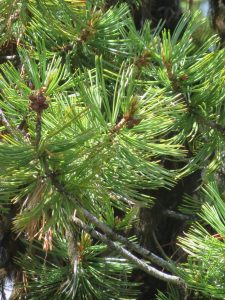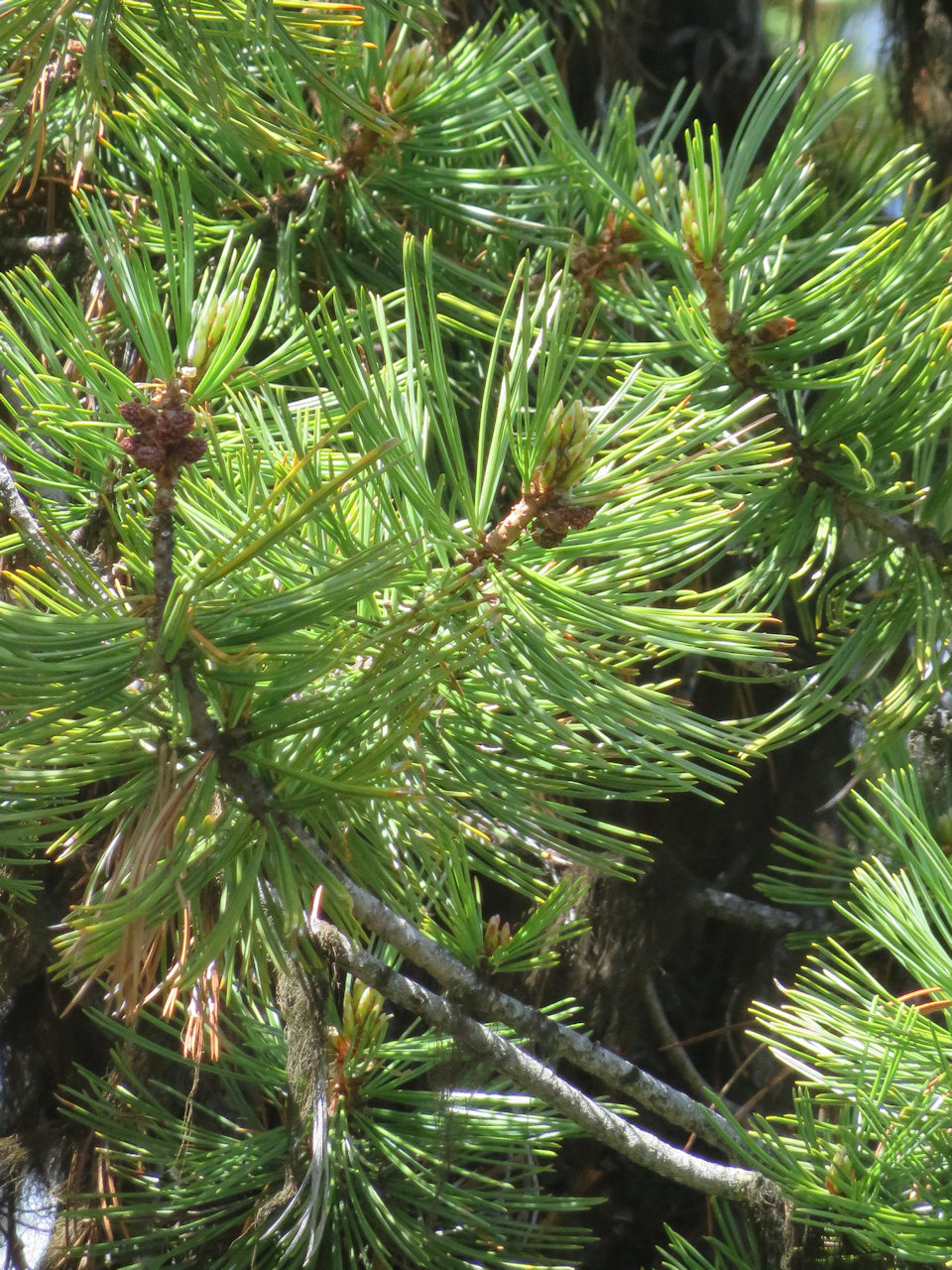
The National Parks Conservation Association had an interesting article in its winter magazine discussing whitebark pine recovery efforts, including the work being done in Glacier National Park . . .
Mountaintop living isn’t easy. At very high elevations, the wind can be fierce, the temperatures bitter, the snow heavy, and the soil thin and crumbly. Most trees simply can’t survive, but the whitebark pine is a notable exception: Somehow, these trees manage to live — and even thrive — in the highest, sketchiest locations. Some have lived at the edge of the treeline for more than 1,000 years.
In Grand Teton National Park, people come across the trees on classic hikes to places such as Lake Solitude and Surprise Lake; at Crater Lake National Park, their twisted trunks and windswept branches appear throughout Rim Village and in the midst of the lake’s blue depths on Wizard Island.
Wherever they are, people notice them. “The architecture of the tree is very dramatic,” said Nancy Bockino, an ecologist at Grand Teton. They look like charismatic bundles of broccoli, she said, particularly when they’re sculpted by wind and weather on exposed slopes.
